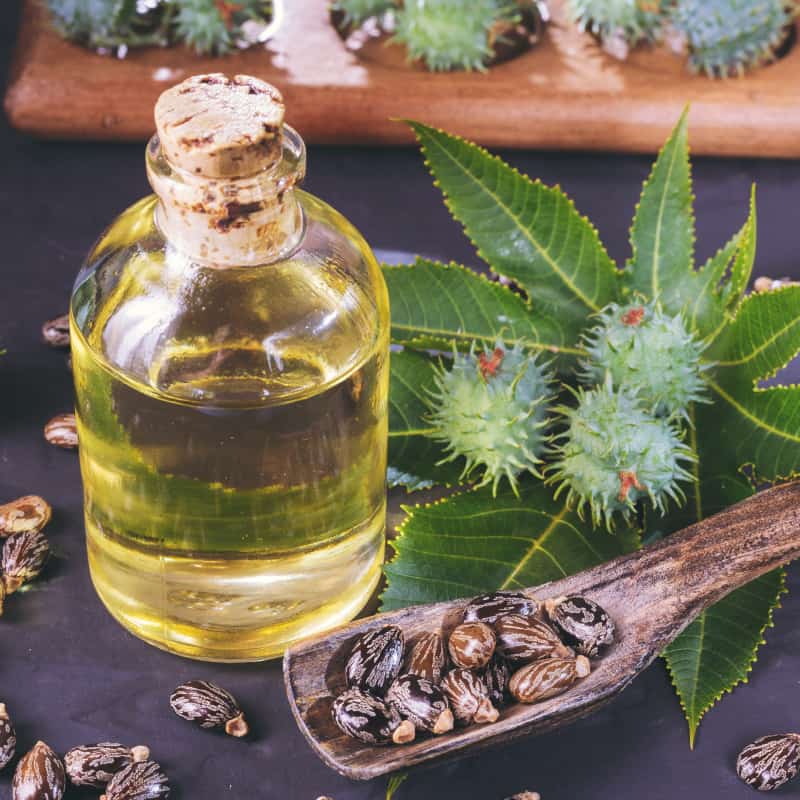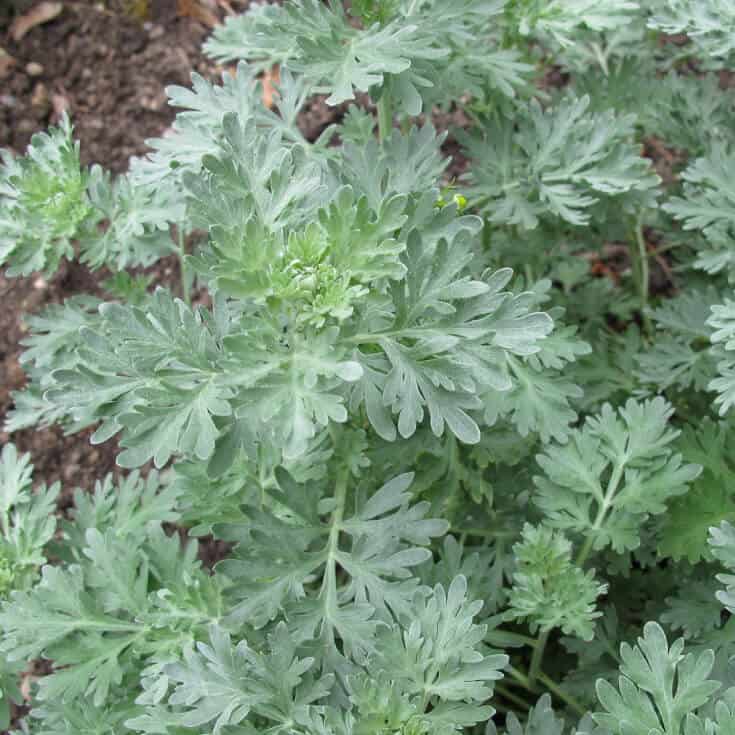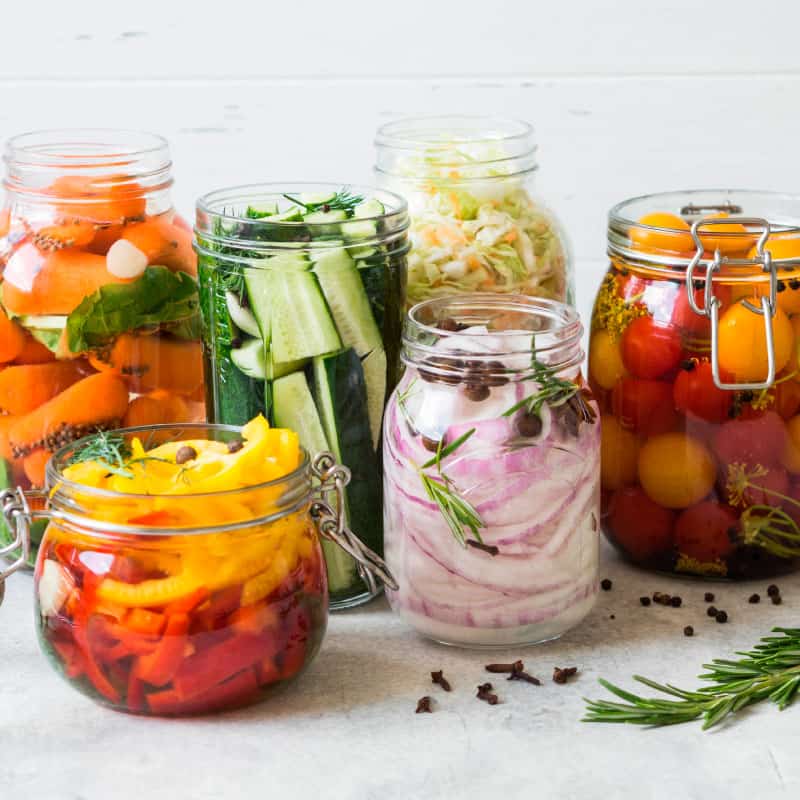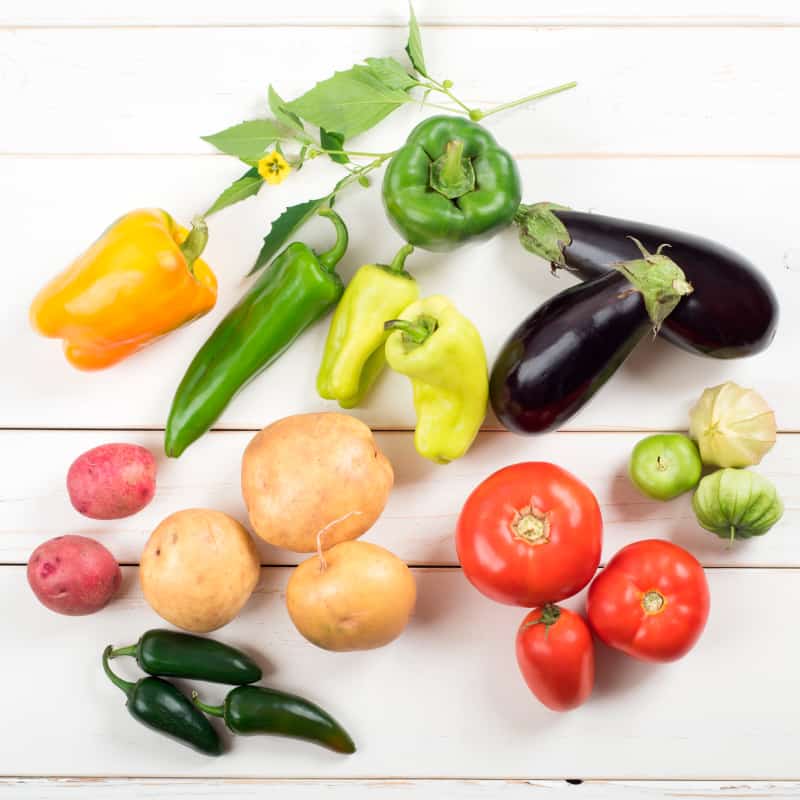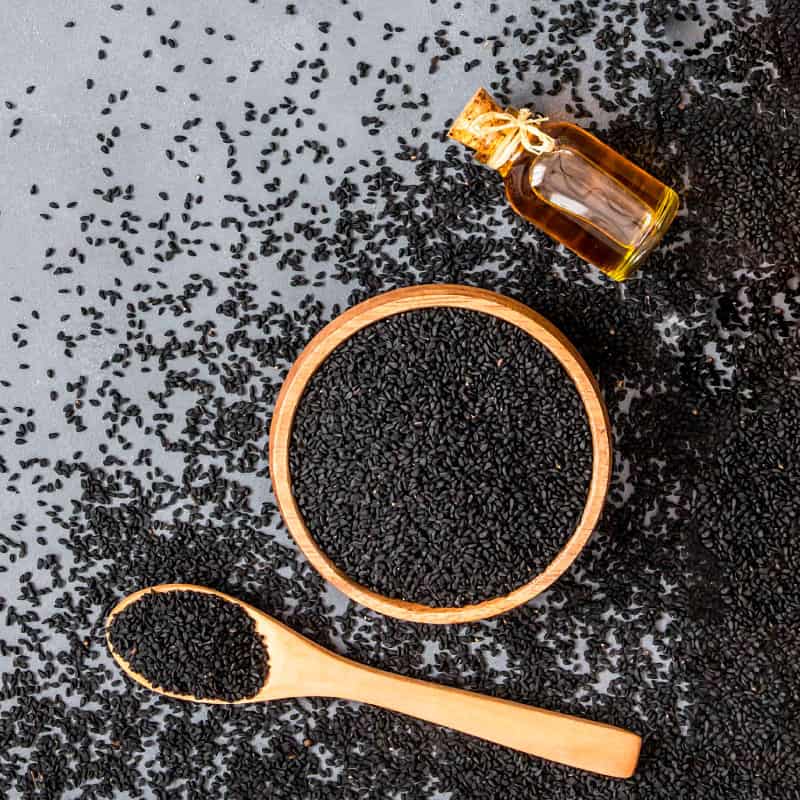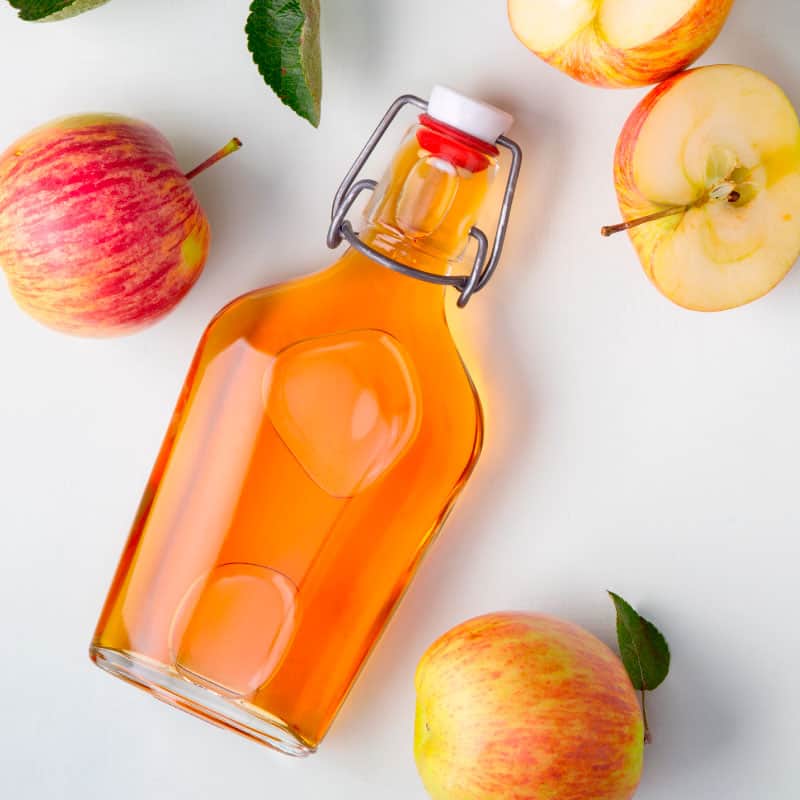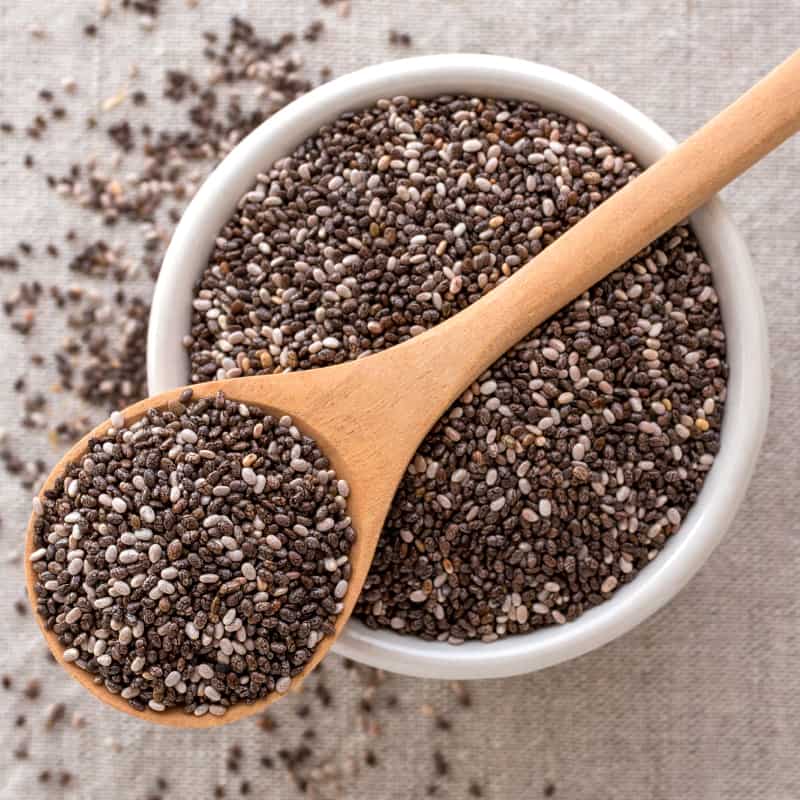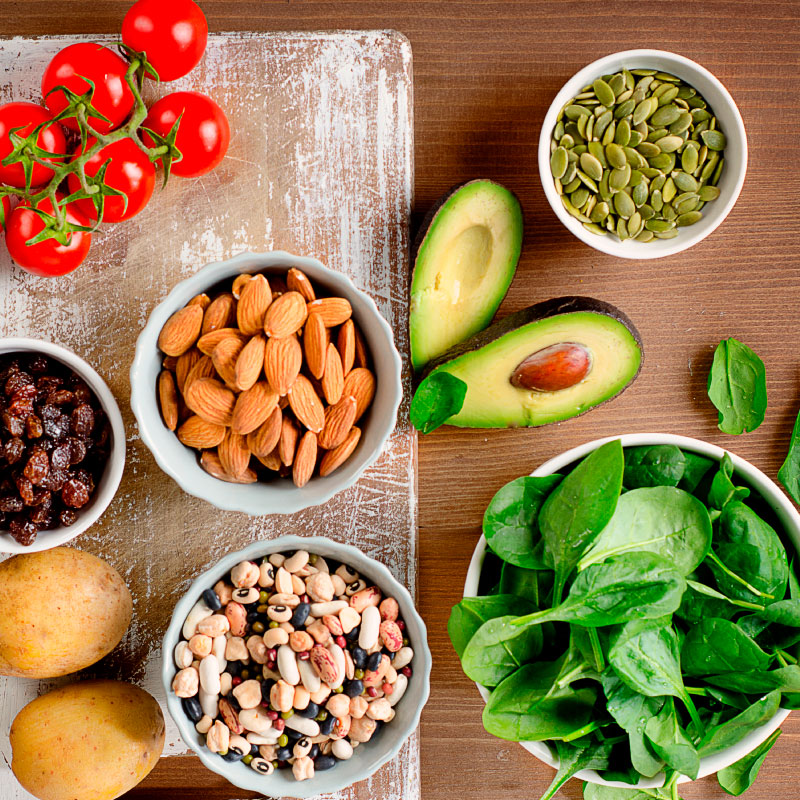This Dr. Axe content is medically reviewed or fact checked to ensure factually accurate information.
With strict editorial sourcing guidelines, we only link to academic research institutions, reputable media sites and, when research is available, medically peer-reviewed studies. Note that the numbers in parentheses (1, 2, etc.) are clickable links to these studies.
The information in our articles is NOT intended to replace a one-on-one relationship with a qualified health care professional and is not intended as medical advice.
This article is based on scientific evidence, written by experts and fact checked by our trained editorial staff. Note that the numbers in parentheses (1, 2, etc.) are clickable links to medically peer-reviewed studies.
Our team includes licensed nutritionists and dietitians, certified health education specialists, as well as certified strength and conditioning specialists, personal trainers and corrective exercise specialists. Our team aims to be not only thorough with its research, but also objective and unbiased.
The information in our articles is NOT intended to replace a one-on-one relationship with a qualified health care professional and is not intended as medical advice.
Healthy Eating Guidelines: 8 Nutrition Rules that Make a Registered Dietitian Cringe
September 5, 2024

Whether you’re looking to lose weight or simply want to improve your meal plan, figuring out what to eat can be quite a challenge. With new, conflicting research constantly popping up about everything from fad diets to fat, sodium, eggs and eating healthy on a budget, truly healthy eating can be tough given all of the conflicting nutrition rules.
Fortunately, following a healthy diet doesn’t have to be difficult. In this article, we’ll decode and debunk a few of the most common nutrition rules and discuss some better healthy eating guidelines to stick to.
Nutrition Myth #1: Eat Less Fat to Lose Weight
Why it’s bad advice
For years, fat got a bad reputation. In fact, a quick online search for how to eat healthy or what to eat when you’re starting a diet often advises limiting high-fat foods like cooking oils, nuts, seeds and chocolate.
Not only can these healthy fats fit in to a well-balanced diet, but they’re also linked to a long list of health benefits, including improved heart health, increased insulin sensitivity and decreased weight gain.
On the other hand, a diet lacking in these essential fatty acids can pose detrimental health effects, causing symptoms like dry skin, increased hunger, low energy levels and brain fog.
Do this instead
Most healthy eating guidelines include a variety of heart-healthy fats, such as extra-virgin olive oil, coconut oil, grass-fed butter, ghee and dark chocolate. Enjoy these foods in moderation as part of a well-rounded diet, along with a range of fruits, veggies, protein foods and whole grains.
Nutrition Myth #2: Calories Are All Created Equally
Why it’s bad advice
“How many calories should I eat a day?” While counting calories (such as in the CICO diet) can be an effective tool to help bump up weight loss, eating well involves so much more than just tracking the number of calories you consume each day.
Fiber, for instance, supports regularity and keeps you feeling full, whereas protein can reduce levels of ghrelin (the hunger hormone) to ward off hunger and cravings.
What’s more, focusing on the calories you consume rather than the nutrients in your diet can increase the risk of nutritional deficiencies and leave you feeling tired, weak and groggy.
Do this instead
Instead of focusing solely on your calorie count, follow the general healthy eating guidelines, and include a range of nutritious ingredients in your diet to obtain a good macronutrient mix of protein, fat, carbs and fiber. While counting calories can still be a useful strategy for promoting weight loss, it shouldn’t be your only focus.
Nutrition Myth #3: Carbs Should Be Avoided
Why it’s bad advice
If you’re looking for advice on how to start eating healthy, cutting back on carbs is one of the first things you’re likely to hear. While carbs may be limited on certain healthy eating plans — such as low-carb or ketogenic diets — they shouldn’t be eliminated completely.
In fact, there are tons of nutrient-dense carbs to work into a healthy diet.
Fruits and veggies, for example, are loaded with fiber, antioxidants, vitamins and minerals, all of which play an integral role in overall health.
Nuts, seeds, legumes and whole grains also contain carbs, but they pack a wealth of other micronutrients into each serving as well.
Do this instead
Rather than cutting all carbs out of your diet, shift to swapping out unhealthy, processed or refined carbs for nutritious, fiber-rich foods instead.
Wondering what to eat? Nuts, seeds, fruits, veggies, whole grains and legumes are all examples of wholesome, carb-containing ingredients that you can enjoy as part of a healthy diet.
Nutrition Myth #4: Limit Eggs to Reduce Cholesterol
Why it’s bad advice
When figuring out what to eat on a cholesterol-lowering diet, you may have been advised to eliminate eggs or simply skip the yolks to help keep cholesterol levels in check. However, this isn’t necessary in most cases.
Although egg yolks do contain cholesterol, studies generally show that dietary cholesterol is not associated with an increased risk of heart disease. Eating high amounts of cholesterol can slightly increase levels of “bad” LDL cholesterol but only for those who are hypersensitive to the effects of dietary cholesterol, which is just a quarter of the population.
Plus, eggs are a great source of several other nutrients that can be beneficial for health, so there’s no reason to exclude them from your diet completely. Both the eggs whites and yolks contain antioxidants, along with micronutrients such as selenium, vitamin B12, riboflavin and vitamin A.
Do this instead
Eggs can be included in moderation as part of a heart-healthy diet. If you’re living with high cholesterol, following other healthy eating guidelines can also prove beneficial, including increasing your fiber intake, minimizing consumption of trans fats and processed foods, and enjoying a variety of foods rich in omega-3 fatty acids.
Nutrition Myth #5: All Meat Is Unhealthy
Why it’s bad advice
Not all meat is created equal. While processed meats are linked to a number of adverse effects on health (including an increased risk of conditions like heart disease, cancer and diabetes), you can incorporate occasional high-quality meat into a balanced and nutritious diet.
Grass-fed beef, for instance, is rich in iron, vitamin B12, iron, zinc and selenium. Meanwhile, pasture-raised chicken provides protein, B vitamins, phosphorus and selenium.
Other ingredients like turkey, elk, lamb, bison and offal can also be included in a healthy diet when consumed in moderation.
Do this instead
Wondering what to eat when it comes to meat? Look for lean cuts of your favorite types, and opt for skinless poultry whenever possible.
Selecting grass-fed, pasture-raised and organic varieties can also ensure you’re getting the best bang for your buck while squeezing a few extra nutrients into your diet.
Whenever possible, be sure to also purchase from companies that prioritize sustainable farming practices to minimize your environmental impact, and always keep your intake in moderation by enjoying a range of plant-based protein foods, such as beans, lentils, nuts, seeds and tempeh.
Nutrition Myth #6: Everyone Should Stop Using Salt
Why it’s bad advice
One of the main healthy eating guidelines for those with high blood pressure is to scale back on sodium. While it’s absolutely true that cutting back on sodium can reduce blood pressure levels, sodium is an important part of the diet and plays a central role in overall health.
Sodium is necessary for maintaining electrolyte levels, regulating nerve function and ensuring that your muscles are able to work efficiently. Low levels of sodium can cause serious side effects, including fatigue, nausea, headaches and irritability.
While this doesn’t mean that you should start loading up on the salt, it may not be necessary to cut it out of your diet completely, especially if you have normal blood pressure.
Do this instead
According to the most recent Dietary Guidelines for Americans, healthy adults should limit sodium consumption to around 2,300 milligrams per day, which translates to just under 1 1/4 teaspoon of salt. Processed foods account for the vast majority of sodium intake, so cutting back on high-sodium foods and unhealthy ingredients like cured meats, convenience meals and canned foods can significantly slash sodium consumption and improve overall health.
That being said, there’s no need to throw out the salt shaker altogether. Enjoy low-sodium foods plus a sprinkle of salt here and there in moderation to help flavor your food, along with other herbs and seasonings, like basil, black pepper, turmeric, oregano and rosemary.
Nutrition Myth #7: Eat Small Meals Throughout the Day
Why it’s bad advice
One of the most prevalent nutrition myths is this: Eat six small meals a day to help boost weight loss and decrease hunger during the day.
This can work for some people, but it’s not a one-size-fits-all solution for everyone — and it’s definitely not a staple component of healthy eating guidelines.
Different eating patterns might work for you, based on your lifestyle, schedule and personal preferences. Intermittent fasting, for example, involves alternating between periods of fasting and eating. Studies link it to improved body weight and enhanced blood sugar control.
For others, eating just three, larger meals a day may work better instead.
Do this instead
The best way to figure out an eating pattern that works for you is to listen to your body.
For some, eating six small meals a day may work great. For others, eating a few larger meals, practicing fasting a few times per week or even having a cheat meal might be a better option.
No matter what you choose, keep in mind that figuring what to eat — as well as when to eat — is just as important in establishing a healthy eating pattern.
Nutrition Myth #8: Breakfast Is the Most Important Meal of the Day
Why it’s bad advice
While studies do show that those who eat breakfast regularly tend to enjoy healthier eating habits overall, breakfast is not an absolute must for everyone. In fact, despite what many believe, research shows that breakfast does not necessarily increase your metabolism or help you burn more calories throughout the day.
Other studies found that skipping breakfast is not associated with weight gain and could even trigger potential benefits, including decreased caloric intake later in the day.
Do this instead
If eating breakfast every morning is part of your daily routine, that’s great. If eating breakfast doesn’t work for you, that’s fine, too.
The most important thing is to simply find what works for you and stick to it.
Final Thoughts
- If you find yourself wondering, “What should I eat?” you’re not alone. New nutrition rules and healthy eating guidelines are consistently emerging, which makes it incredibly difficult to decipher fact from fiction.
- Finding a routine that works for you and filling your diet with mostly unprocessed whole foods is the best way to ensure that you’re getting all the nutrients that you need.
- Choosing healthy, nutrient-rich sources of protein, fat and carbs can also help boost the quality of your diet, without the need for confusing and baseless nutrition rules and regulations.

